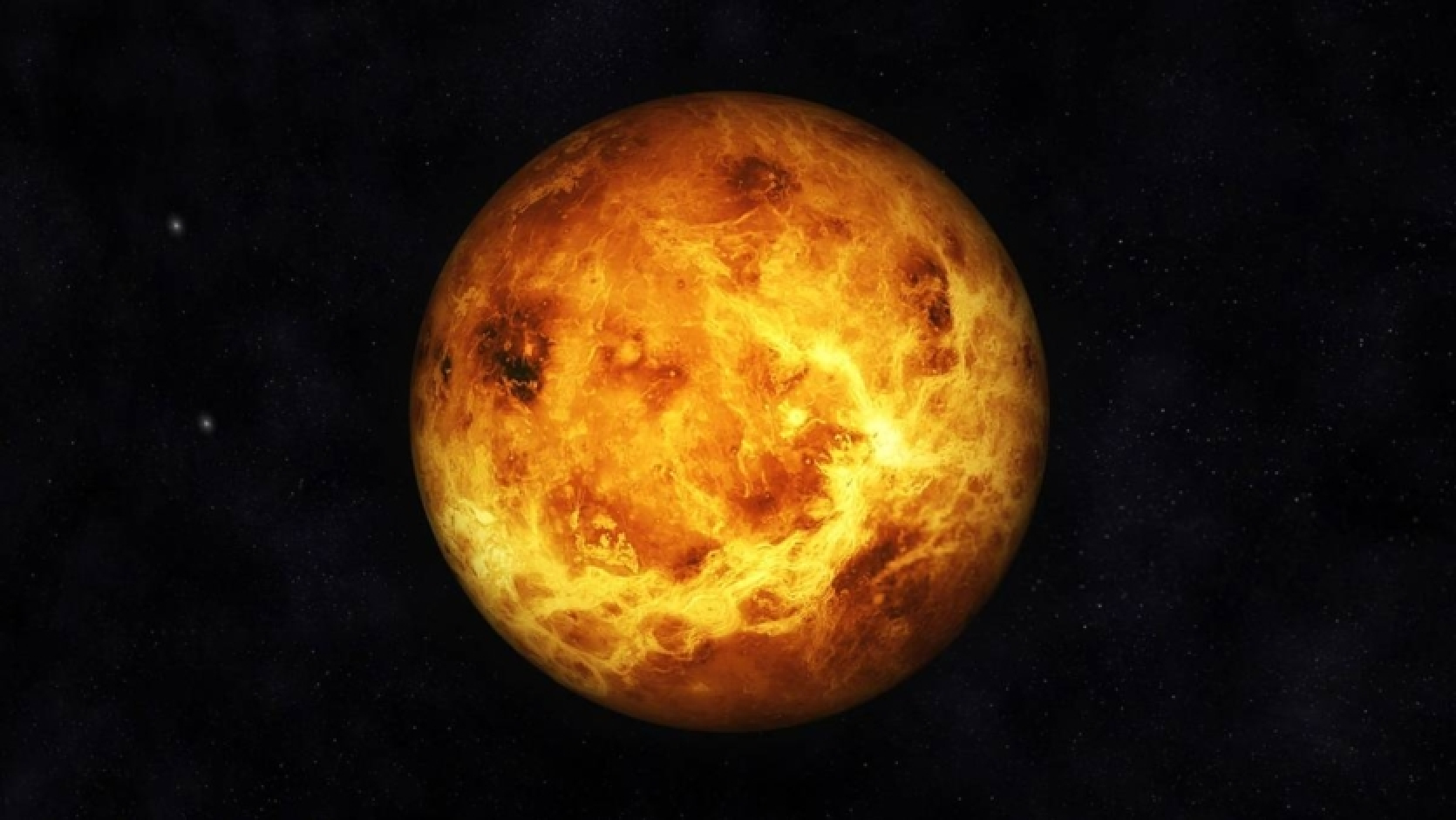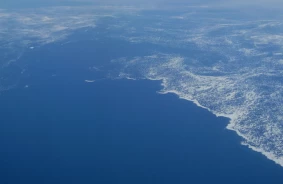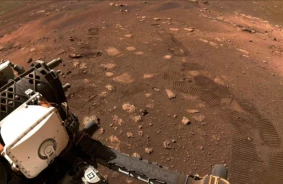Scientists have found that the vast plateaus on Venus, known as tesserae, may have formed through processes similar to those that created the Earth's oldest continents billions of years ago.
This international study was led by Associate Professor Fabio Capitanio from the School of Earth, Atmosphere and Environment at Monash University in collaboration with NASA. The results were published in the journal Nature Geoscience.
“This research challenges our understanding of planetary evolution,” noted Associate Professor Capitanio. “We did not expect that Venus, with its hellish surface temperature of 460°C and lack of plate tectonics, would have such complex geological features.”
Utilizing high-performance computer simulations and data from the Magellan spacecraft, the researchers modeled the formation of Ishtar Terra — the largest plateau on Venus. The results suggest that Ishtar Terra and other tesserae may have risen from the planet's hot interior through a process akin to the formation of cratons on Earth — the ancient cores of our continents.
“This finding provides an exciting new perspective on Venus and its potential connections to early Earth,” added Capitanio. “The features we discovered on Venus remarkably resemble early Earth’s continents, indicating a greater similarity in the dynamics of Venus's past with Earth than previously thought.”
Understanding how these “continents” formed on Venus could illuminate the evolution of rocky planets, including our own. Earth's cratons hold key clues about the development of topography, atmosphere, and even life.
“By studying such features on Venus, we hope to uncover the mysteries of Earth’s early history,” emphasized Capitanio. “Our research has paved the way for future missions to Venus, such as DAVINCI, VERITAS, and EnVision. These missions will provide further insights into Venus's geological history and its connection to Earth.”
Source: Phys














Comments (0)
There are no comments for now